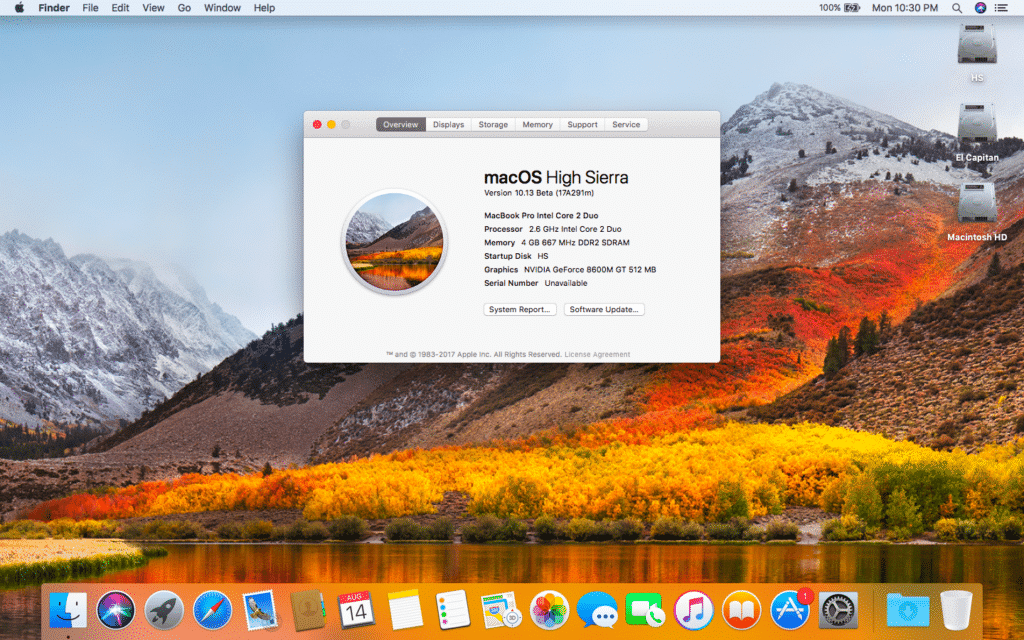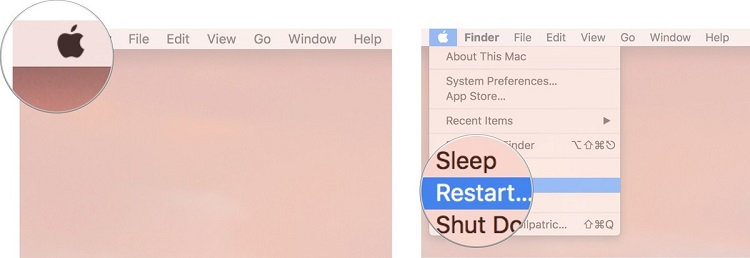
*Print this page or open this page on another device so you can refer to it later. How to Update & Reinstall macOS Without Losing Data Then follow the detailed guide below to reinstall Mac OS via macOS Recovery mode, which enables you to reinstall macOS, restore your files from Time Machine, repair or erase a disk, and more. Remember to back up your Mac to an external hard drive for preventing system update failure or unexpected troubles from happening. Backup all your personal data and even create backups for your present Mac data through Time Machine.Update your Mac Apps to the latest versions.


The good news is that, if you follow the instructions strictly to update your Mac Operating System, the chance to lose data on your Mac is quite slim, since a reinstallation just needs to create a new copy of the OS, your existing files stored on your Mac won't be lost. When it comes to reinstalling macOS, users biggest concern is losing data on their computer.


The need to update or reinstall your macOS always follow the release of a new operating system, the slow performance of your Mac, or a system crash. Full stepsĪpplies To: macOS Big Sur, macOS Catalina, macOS Mojave, macOS High Sierra, macOS Sierra, or earlier Mac operating systems Full stepsĪfter macOS installation, run EaseUS Mac data recovery software > Scan and recover lost data. Start Mac from macOS Recovery > Select "Reinstall macOS" > "Continue". 2GB+ memory and 9GB+ storage space left on Mac > 45% + battery > Connect to internet.


 0 kommentar(er)
0 kommentar(er)
